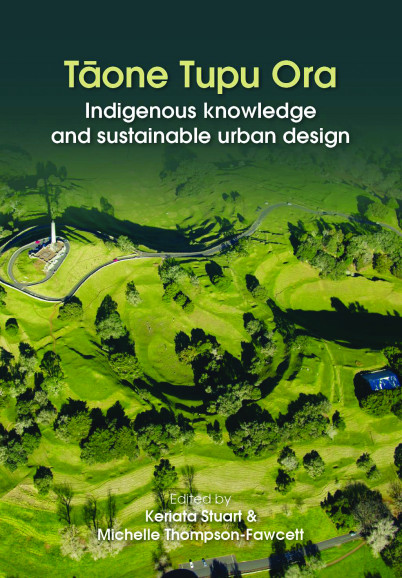urban iwi, may we rise up and be counted.
may our voices be heard in this whenua,
that is Our home.
may we pull the mana of our tupuna from
within our globalised selves, and breathe again.
Tihei Mauri Ora! There is life within us!
Samuel Cruickshank

The researchers proposed that increasing authentic Māori participation in creating urban futures would significantly contribute to making New Zealand cities more resilient, liveable and competitive.
Tāone Tupu Ora had four complementary areas of investigation:
- New models for Māori leadership and collective decision-making in urban development
- Resiliency and Māori engagement in disaster planning
- Relationships between Māori and local government following the settlement of Treaty claims in urban areas
- How Māori organisations plan and prepare for sustainable and resilient urban futures
Background
As result of colonisation, many Māori tribal homes, social and political structures have been subsumed within cities. The impacts for Māori have included not only economic loss, and the pollution and loss of traditional food sources, but erosion of identity and mana. As well, the cities in which contemporary Māori live fail to reflect Māori traditional knowledge, history and environmental kaitiakitanga (guardianship). Recent developments, including Treaty of Waitangi settlements, amalgamation of local authorities, and rebuilding following the Canterbury earthquakes, have created opportunities for iwi, hapū and urban Māori land trusts to become actively involved in urban development. They have also helped build a small but growing body of Māori knowledge about sustainable urban development, resilience and recovery.
Method
Researchers developed an analytical framework based on TePaeMahutonga. The project took a mixed-methods qualitative approach, so they could develop, with end-users, an understanding of the key drivers affecting iwi involvement in urban planning and development. They drew on existing literature, key informant interviews, focus groups, participant observation and Q-methodology. They gathered input and support from participating iwi, hapū, Māori organisations, councils and central government agencies, and ran workshops to define and analyse the issues, drawing on local knowledge where appropriate. They also provided a demographic analysis of mana whenua and taura here populations within four major urban areas.
Researchers
- Keriata Stuart
- John Ryks
- Anaru Waa
- Biddy Livesey
- Jonathan Kilgour